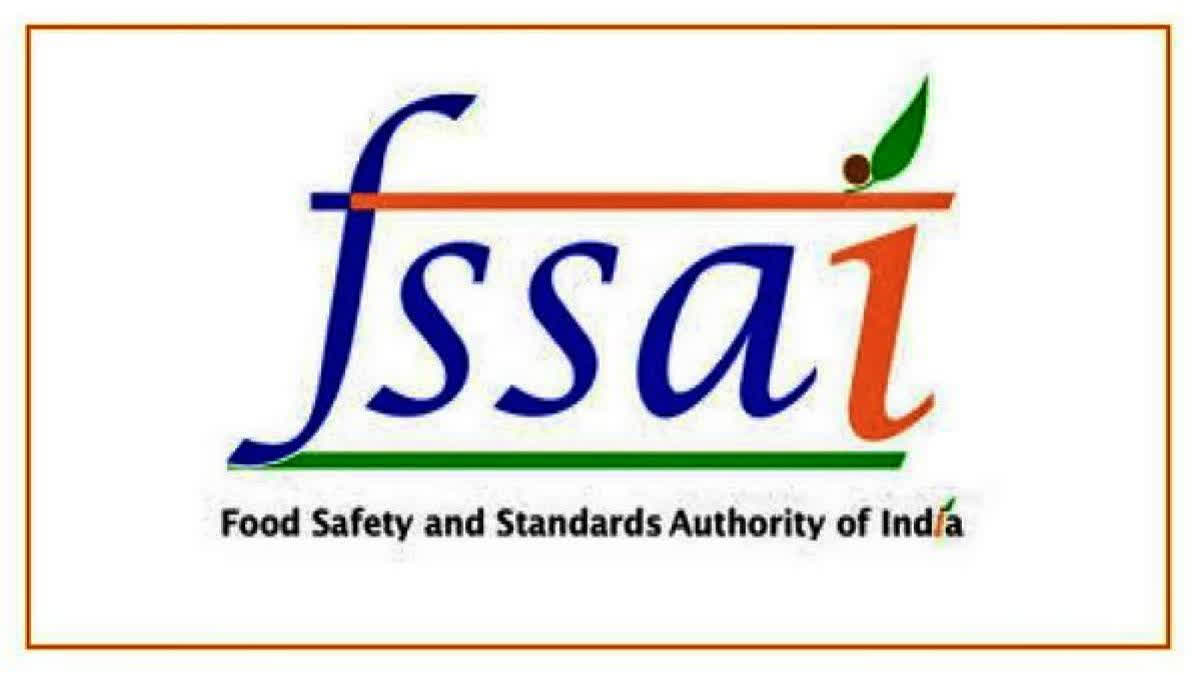New Delhi: Food regulator FSSAI has asked airlines and flight caterers to comply with its food safety regulations and provide detailed information about items served to passengers through proper labelling. The Food Safety and Standards Authority of India (FSSAI) convened a meeting with leading flight caterers and airlines on January 16 to evaluate and enhance the existing food safety protocols within the airline catering industry, the regulator said in a statement on Wednesday.
The objective of the meeting was to identify areas requiring improvement and reinforce the commitment to providing passengers with safe and high-quality inflight meals. "Acknowledging a common concern regarding the lack of readily available information for passengers regarding inflight food, the CEO, FSSAI directed all flight caterers and airlines to strictly comply with sub-regulation 5(10) (f) and 8 (4) of the Food Safety and Standards (Labelling and Display) Regulations, 2020," the statement said. This directive aims to improve transparency by providing passengers with detailed information about the nature, origin and manufacturing-related details of the food served during flights.
The CEO highlighted the importance of menu labelling as a powerful tool to inform passengers about the contents of the food served, enabling them to make informed choices." In the meeting, the importance of swift and effective handling of consumer grievances were stressed and the airline caterers were urged to establish robust mechanisms for prompt resolution, including corrective and preventive actions to minimise food safety-related incidents," FSSAI said. During the discussion, the need for specialised training programmes for catering staff to ensure a comprehensive understanding of food safety and hygiene practices was given emphasis. This move aligns with FSSAI's commitment to ensuring the highest standards of food safety and hygiene within the airline catering industry, the regulator said.
- " class="align-text-top noRightClick twitterSection" data="">
Read More



